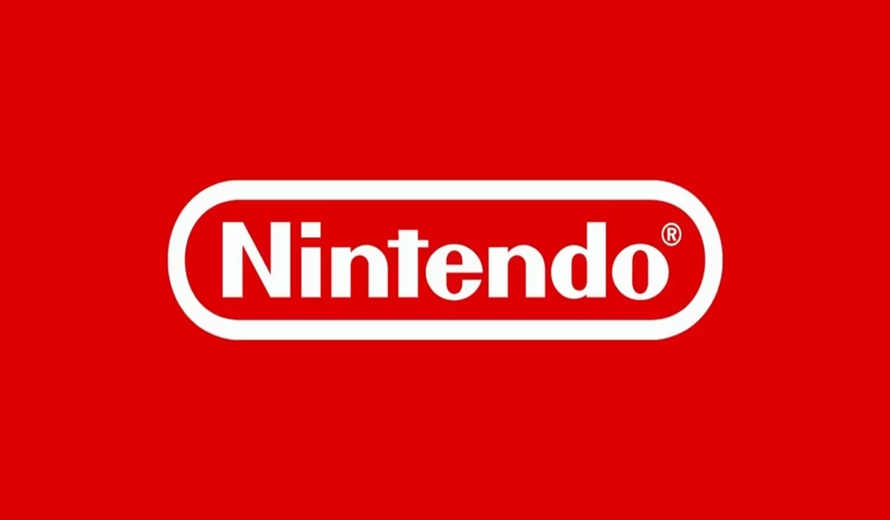Addressing Changes in Nintendo’s Testing Department
The video game industry has faced significant challenges in the early months of this year, and now, according to Kotaku’s senior reporter Ethan Gach, Nintendo of America has undertaken a substantial downsizing of its team of contractors responsible for game and hardware testing.
In an official statement, a Nintendo spokesperson confirmed that this restructuring aims to enhance global integration in game development efforts and align Nintendo of America with interregional testing procedures and operations. The changes involve the conclusion of some contractor assignments and the creation of numerous new full-time employee positions. Additionally, Nintendo pledges to support affected contractors’ agencies during their transition, offering severance packages and assistance.
While Nintendo has not disclosed the exact number of affected employees, sources cited by Kotaku suggest that over 100 contractors may be impacted. Most contractors being transitioned to full-time status seem to be moving away from software testing roles.

According to Gach, approximately 120 contractor positions have been eliminated, with Nintendo framing the restructuring as a move to improve testing integration rather than a cost-cutting measure. The report indicates that existing full-time employees at Nintendo of America are not affected by the restructure, but there has been a noted slowdown in the testing department, with no major first-party games in the testing pipeline.
The recent announcement of layoffs and restructures within the gaming industry adds to a series of similar events that have unfolded in recent months, affecting not only Nintendo but also major players like Xbox and PlayStation. These changes reflect a broader trend sweeping across the gaming landscape, as publishers, developers, and independent studios alike grapple with a range of challenges and navigate necessary adjustments to remain competitive and sustainable in an ever-evolving market.
The gaming industry is known for its dynamism and rapid pace of innovation, but it is also susceptible to periods of upheaval and transition. Factors such as shifting consumer preferences, technological advancements, and market trends can all contribute to the need for companies to reassess their strategies and operations. In some cases, this may involve restructuring teams, reallocating resources, or streamlining operations to better align with evolving priorities and objectives.